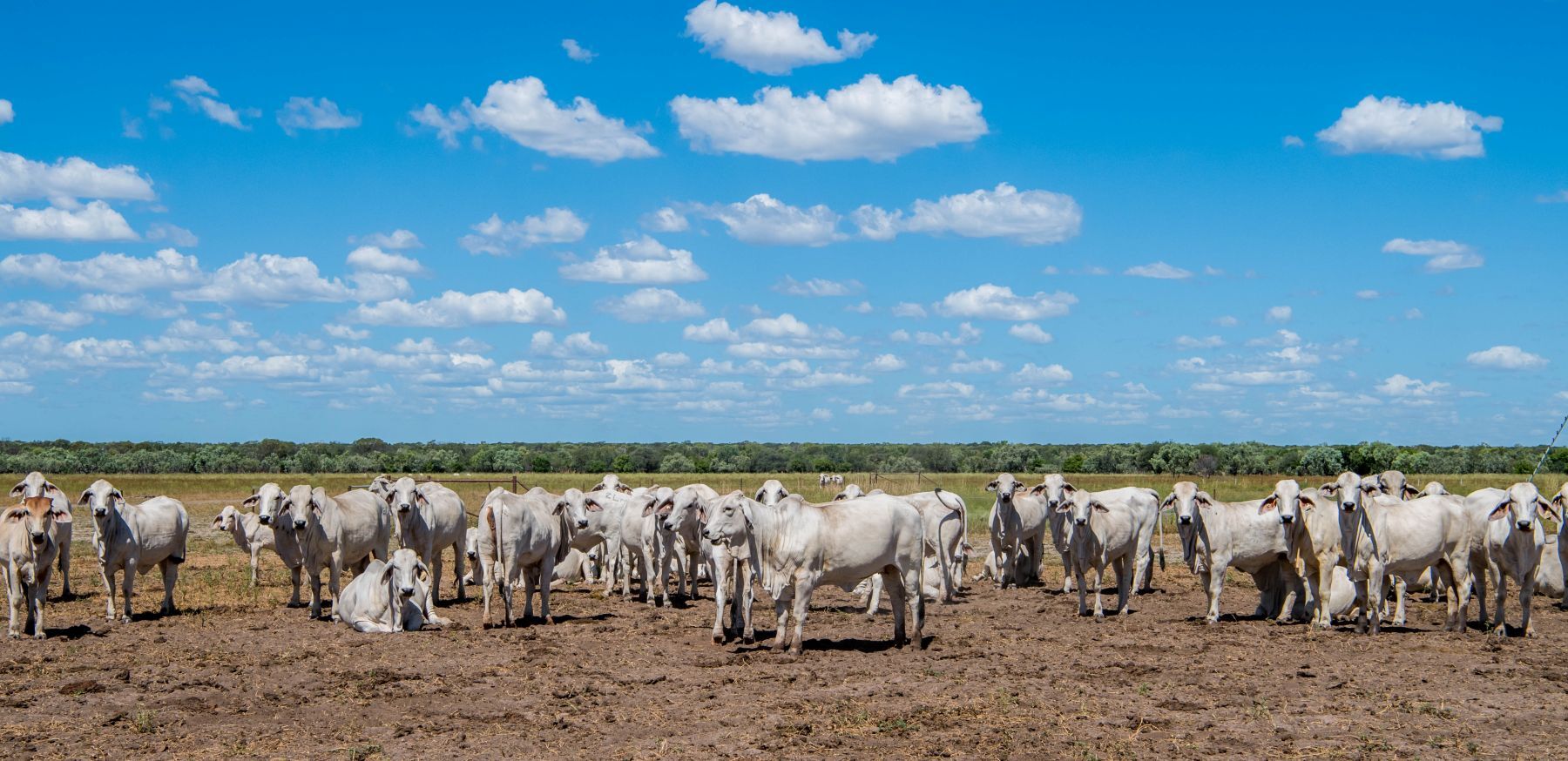Capacity growth signals confidence in lotfeeding
A historically high cattle market has pushed cattle-on-feed numbers lower for the September quarter. Confidence in the sector has far from waned,...

Australian beef exports continue to boom, as the global beef supply generally is affected by low herd numbers and disease concerns. Demand from Australia’s top two markets – the US and China – has been on the increase, and domestically, the historically strong slaughter and a lower dollar are going a long way to filling that demand. With Australian beef export volumes at an all-time high for the year-to-May period so far, an increase in overseas prices offers plenty of positivity for when we pass peak supply.
It was a record May for Australian beef exports, with the highest volume for that particular month and in the top three in terms of monthly total volumes. The US continued its run as Australia’s biggest beef market despite the 90CL lean imported beef price being in record high territory. Year-to-date volumes to the US are up 58% on the five-year average, while volumes to China are sitting at 32% more and South Korea 20% more. Japan is the only major market to be trending below year-ago levels.
Both the US and Europe have seen a significant rise in their domestic cattle prices so far this year, as their supply decreases. Australia is one of the only major beef exporters not expected to see a reduction in production this year, with global beef supply forecast to fall by 2 per cent. The US has seen significant decreases in slaughter in recent months, with last week’s fed cattle throughput down 9% year-on-year, and cow numbers down 10.5%. For the year-to-date, the US has increased its beef imports by more than 15%, and its domestic feeder cattle index price is now 23.5% higher than it was 12 months ago.
When it comes to the EU and the UK, Bluetongue virus has been having an impact on cattle numbers, with two new vaccines approved this year hopefully aiding producers. Also adding to US supply constraints is pest and disease concerns, with the recent ban on live cattle coming into America from Mexico. This is due to the potential spreading of New World Screwworm and comes after Mexico exported a record number of cattle to the US in 2024 – however, trade is expected to reopen by the end of the year.
It’s not all going Australia’s way, with Brazil now able to compete in some previously unavailable markets, especially in Asia. Last month, the World Organisation for Animal Health declared Brazil Foot-and-Mouth Disease free without vaccination, opening them up for new trade deals in the likes of Japan and Indonesia. For the year-to-May, Brazil beef exports increased more than 11% year-on-year. While 45% of their beef exports head to China, May saw Brazil overtake Australia as the largest supplier of imported beef to the US. This is despite the fact that with their standing out-of-quota tariff plus the new reciprocal tariffs, Brazilian beef receives a 26.4% higher tariff than Australia. Year-to-May, Brazilian beef exports to the US are up 121%.
Brazil is also likely to be the benefactor of Australian beef exports reaching their tariff-free quota in China sooner rather than later. After China’s market share of Australian beef dropped below 15% last year, it is back up around the average of 18% so far this year. So far this year, more than 110,000 tonnes of Australian beef have headed to China – an increase of more than 30% on the same period in 2024 – with the safeguard triggering a 12 per cent tariff coming at 191,000 tonnes.
Australia is well placed to continue filling the gap in the world beef trade, and that strong demand, coupled with increasing international cattle prices, should bode well as Australia hits peak production and supply heads the other way.
 Jamie-Lee Oldfield is a seasoned agri-media, communications professional and livestock market analyst who lives and works on a family-owned stud and commercial beef and sheep operation in Coolac, NSW.
Jamie-Lee Oldfield is a seasoned agri-media, communications professional and livestock market analyst who lives and works on a family-owned stud and commercial beef and sheep operation in Coolac, NSW.
.png)
A historically high cattle market has pushed cattle-on-feed numbers lower for the September quarter. Confidence in the sector has far from waned,...
.png)
Last week, MLA & the Australian Lot Feeders Association (ALFA) released the Q3 Lot Feeding Brief report providing detailed insights into how the...
.jpg)
New data released in the past week from the Australian Bureau of Statistics (ABS) and Meat & Livestock Australia (MLA)/Australian Wool Innovation...